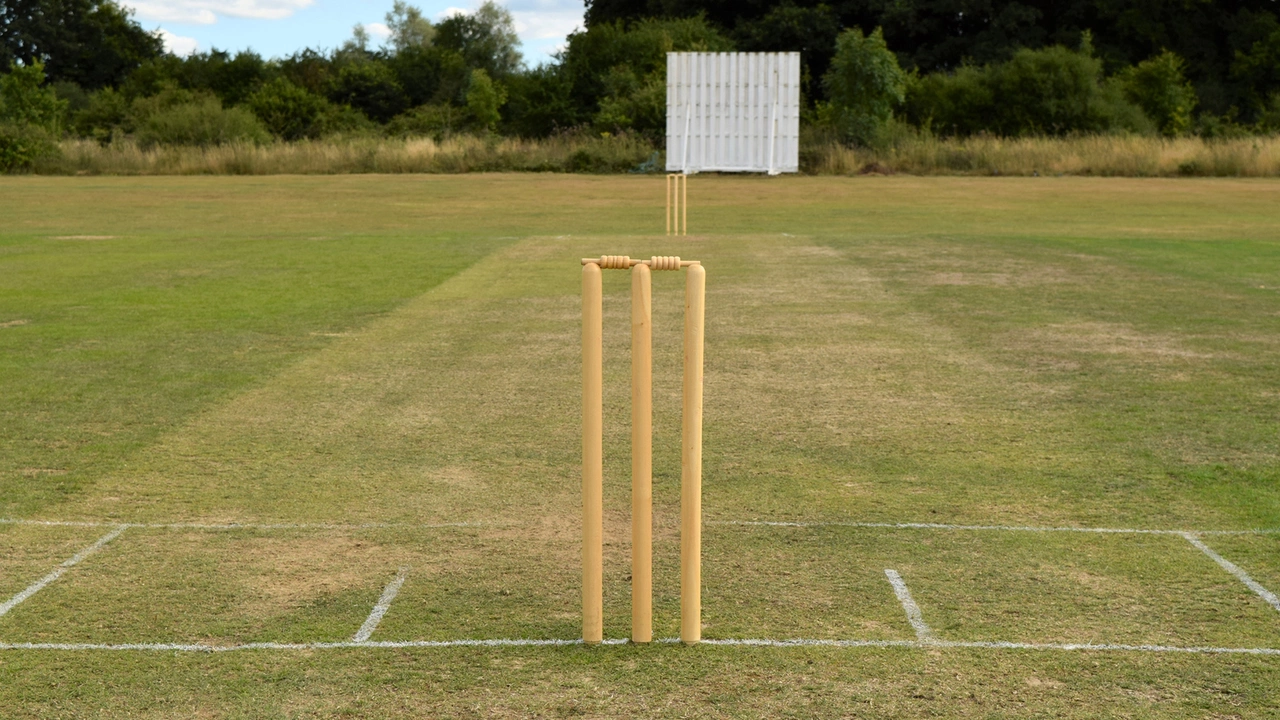Cricket Ground – Your Complete Venue Handbook
When talking about cricket ground, a designated area where cricket matches are played, featuring a central pitch, outfield, and spectator facilities. Also known as a cricket stadium, a cricket ground is shaped by its location, climate, nearby infrastructure and local regulations and the type of grass, used on the playing surface. The pitch, the strip of tightly rolled soil where bowlers deliver the ball and the seating capacity, the number of spectators the venue can accommodate are core attributes that define any ground.
cricket ground enthusiasts often start by asking what separates a good venue from a great one. The answer lies in three main pillars: the quality of the pitch, the comfort and safety of the crowd areas, and how well the location supports maintenance and broadcast needs.
Key Elements of a Cricket Ground
A top‑grade pitch requires a blend of soil composition, proper moisture control, and regular mowing. Ground staff typically monitor hardness with a penetrometer and adjust irrigation based on weather forecasts. When the pitch is too hard, the ball bounces excessively; when it’s too soft, bowlers gain an unfair edge. This balance influences match outcomes, which is why many famous venues, like Lord's or the MCG, invest heavily in specialist groundsmen.
Seating capacity isn’t just a numbers game. Modern stadiums aim for a mix of tiered stands, accessible pathways, and clear sightlines. A ground that seats 20,000 with cramped aisles will frustrate fans more than a 15,000‑seat venue designed for smooth flow. Capacity also ties into revenue: larger crowds mean higher ticket sales, but only if the experience meets expectations.
Location drives both pitch behavior and fan experience. Coastal grounds often grapple with humidity, which keeps the outfield lush but can make the pitch damp. Inland venues may face extreme heat, demanding robust shading and water‑conservation measures. Accessibility matters too – proximity to transport hubs and parking influences attendance, especially for weekend matches.
Maintenance tools are another hidden hero. Hydraulic rollers, laser‑guided mowing machines, and soil‑testing kits form the tech stack that keeps a cricket ground match‑ready. Staff also coordinate with broadcasters to ensure camera angles have clear views, which is why many grounds integrate retractable roofs or movable stands.
Beyond the physical, a cricket ground reflects cultural significance. In many countries, the venue becomes a community hub, hosting local leagues, school competitions, and even concerts. This multi‑use approach maximizes revenue while keeping the ground alive year‑round.
Our collection of articles below digs into these topics from every angle. You’ll find deep dives on pitch preparation, case studies of stadium upgrades, tips for selecting the right grass species, and stories about how venue choice impacted player careers and tournament outcomes.
Ready to explore the full suite of ground‑related insights? Scroll down to discover practical advice, real‑world examples, and expert commentary that will help you appreciate every nook of a cricket ground.



